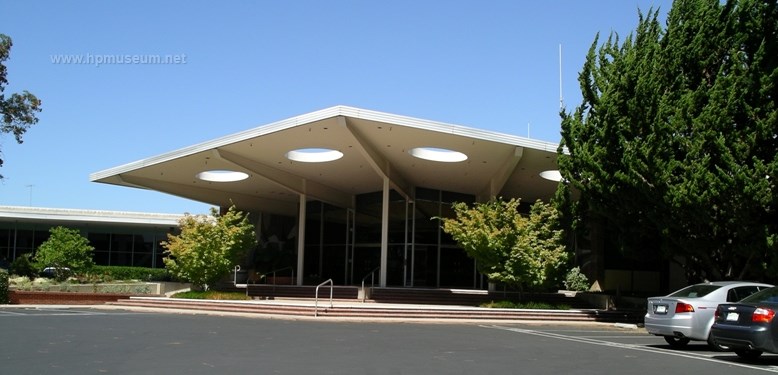HP Divisions
|
HP Divisions(1939) The Garage(1940) Tinker Bell Shop (1956) Dymec (1959) HP GmbH (Boeblingen) (1959) New Jersey (1960) Loveland (1962) Colorado Springs (1962) Neely Sales (1963) Yokogawa HP (1966) South Queensferry (1967) Mountain View (1968) San Diego (1969) Cupertino (1970) HP Singapore (1971) Grenoble (1972) Advanced Products (1972) Data Systems (1973) Boise (1975) General Systems (1975) Data Terminals (1976) Disc Memory (1976) Corvallis (1977) Fort Collins (1978) Direct Marketing (1979) Vancouver (1980) Computer Systems (1980) Roseville Networks (1980) Greeley (1981) Information Networks (1982) Roseville Terminals (1982) Personal Office Computer (1983) Personal Software (1983) Panacom Automation (1984) Computer Peripherals Bristol (1989) Apollo |
|
In the opinion of the curator, the most important management practice adopted by HP that facilitated the extension and continuity of “The HP Way” company culture was HP’s decentralized organizational structure. As the company grew, operations were “divisionalised”. HP divisions operated like separate companies with profit and loss responsibility residing with the division manager (albeit with some shared costs like the sales force). Of course, these divisions shared the same culture, values and objectives – the most important of which was profitability. David Packard was an evangelist for decentralization. He correctly believed that the trend toward centralization in the computer business in the 1980s was the major cause of slowdown in that business in the mid to late part of the decade (at the time, it took five weeks to implement a price change even for PC products). | |
| Back | HP Corporate Documentation |
^ TOP©2004 - 2024 BGImages Australia - All Rights Reserved.
The HP Computer Museum and BGImages Australia are not affiliated with HP Inc. or with Hewlett Packard Enterprise. Hewlett Packard and the HP logo are trademarks of HP Inc and Hewlett Packard Enterprise. This website is intended solely for research and education purposes.

